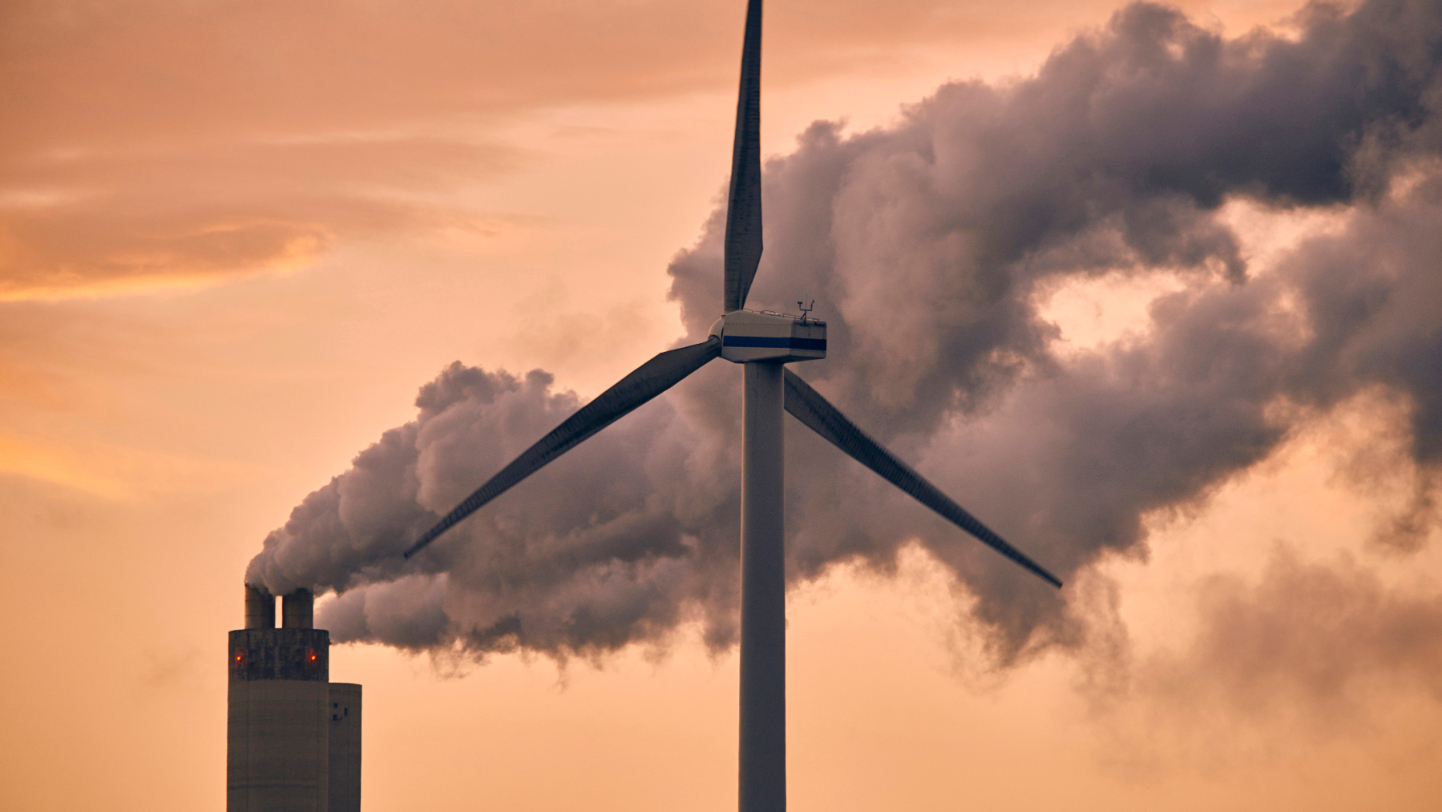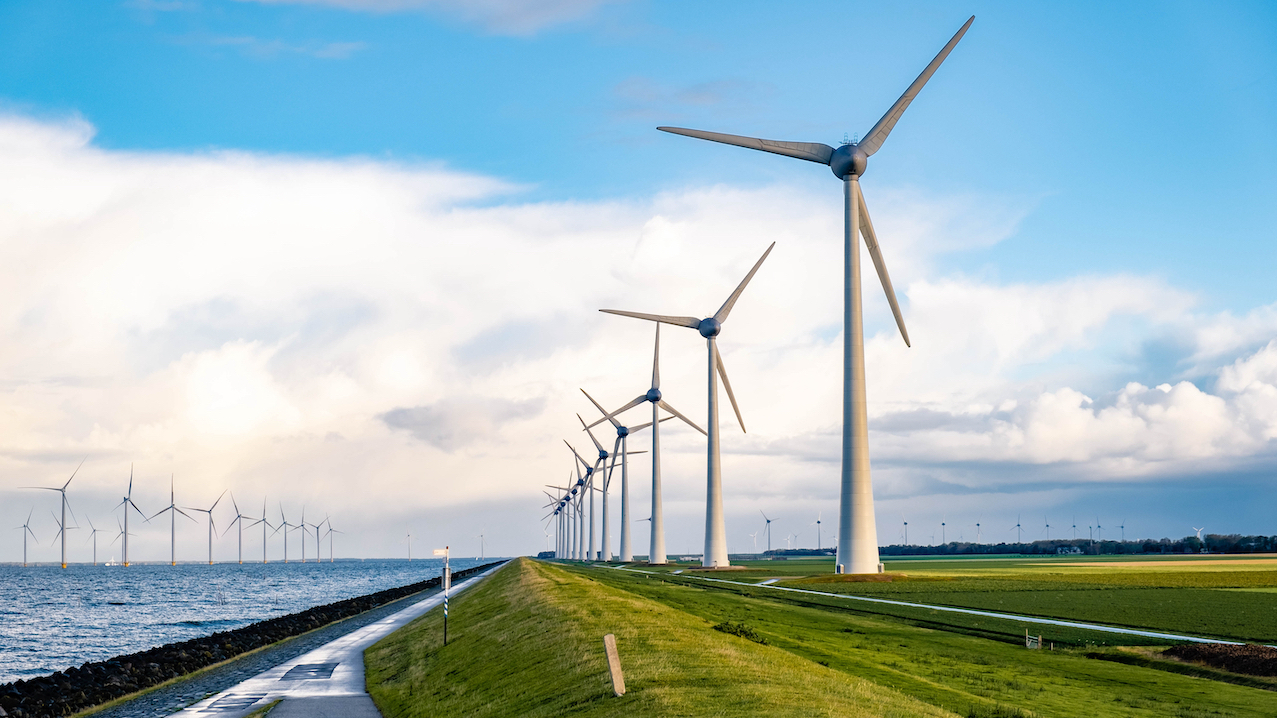
IGCC Investor Survey: progress made, acceleration needed
There is an increasing appetite for engagement and “whole-of-portfolio” approaches to decarbonisation
Australia shares a rather perplexing equation with the decarbonisation agenda. On one hand the land down under has historically made its fortunes by producing and exporting emissions intensive commodities.
By developed country standards, many would argue that the Australia is a laggard in the energy transition. A third of its energy still comes from coal.
On the other – the country has signalled a recent willingness to pivot towards green energy. Over the past two years, the country’s renewable energy production has hit record highs. By most measures, the country’s renewable energy capacity, particularly in solar and wind, is amongst the highest in the world.
The key implication being that at its core, Australia’s transition is a question of capital allocation. The Investor Group on Climate Change, a coalition of institutional investors from Australia and New Zealand, has published a survey in a bid to investigate the “state of net-zero in Australia”.
The findings from the survey provide much needed insight into how the top echelons of Australian finance have approached climate change and what they plan to do in the years ahead.
Targets
A common starting point in a systematic analysis of sustainable investing is to find out how many investors care about climate change and to what extent. A good proxy for this is investors’ net-zero targets.
The survey finds that in 2022, 70% of investors had set a 2050 deadline for net-zero emissions.
Here, asset owners have “led the charge”, the survey says. 68% have set cross-portfolio net-zero targets compared to 56% in the previous year. The share of asset managers with a net-zero target has remained relatively unchanged at 46%.
In addition, the survey suggests that investors are moving their targets from the level of the portfolio to the asset class. There are some benefits to the whole portfolio approach: for example, it provides those with a multi-asset portfolio with a decarbonisation blueprint. However, it comes with costs.
The survey says, “setting a ‘whole of portfolio’ decarbonisation target alone could encourage investors to sell high-carbon assets rather than engage in driving real-world impact”. Investors tend to agree over the need to balance the two sets of targets.
The short-term targets are particularly relevant in terms of further progress. IGCC chief executive Rebecca Mikula-Wright said, “Helping investors set and reach 2030 milestones is core to IGCC’s work, as is building resilience to the physical risks from climate change”.
Engagement
The second critical piece of the puzzle is the shape and form of investor pressure on corporate emissions reduction. Here the survey finds that not only do investors pursue engagement with the companies they invest in, they seem to recognize this as part of their “fiduciary responsibility to respond [ to climate risks]”.
In this context, the “Say on Climate” advisory votes and other resolutions, which bring investor’s climate expectations into the boardroom during the annual general meeting, have been particularly powerful.
“Active ownership is the primary tool for influencing company climate action. However, investors recognise that engagement must focus on specific and time-bound company expectations and be paired with effective escalation strategies”, says the IGCC.
Survey data shows that “40% of investors have a formal engagement strategy and targets, while another 26% have a formal strategy but no engagement target”.
Investors recognise that engagement must focus on specific and time-bound company expectations
Solutions
There is also the question of whether Australia will emerge as a clean-tech powerhouse. Here, investors seem to be positive. Over 80% of asset owners view Australia as a market conducive to investing in climate solutions.
The survey finds asset investor confidence in the investment opportunity in solutions is quickly increasing. Of those who reported an investment target, the target range suggests that by 2030 they could invest between 1% – 20% of their assets under management in climate solutions.
While confidence in Australia is high at 80% of asset owners, 69% said they would also invest in Europe, 67% included North America as a likely target and another 33% included Asian markets in their list.
New frontiers
As the world of climate investing has become increasingly complex, new frontiers have emerged. It is now widely accepted that net-zero is much more than carbon neutrality. Concepts such as the just transition and biodiversity entered the conversation not too long ago.
The survey finds that over 50% of investors are integrating the just transition concept into their net-zero investment frameworks. Another 22% have not yet done so but are actively considering it.
As one investor comment in the report reads, “We believe the transition to net-zero is inevitable, but ensuring a just transition is not guaranteed. Being green does not inherently mean being fair”.
A similar tale unfolds in the context of biodiversity. Only 17% of surveyed investors have conducted an initial assessment. 40% are considering going down that route. Intent seems to be high.
Investors reported that Taskforce for Nature-related Financial Disclosures guidance would shape their biodiversity strategies.
Political contestation and conducive policy are also a critical reality of emissions reduction. The report finds that investors would benefit from greater political support for Australian decarbonisation including a stronger 2030 national emissions reduction goal and the much anticipated passage of the Australian Climate Change Act. 89% of investors are engaged in policy advocacy in Australia.



